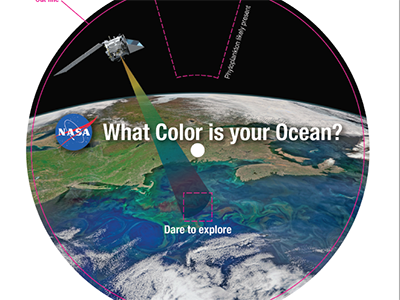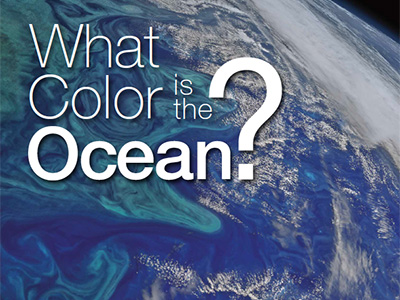Beyond Blue: Why Ocean Color Really Matters
Webinar 1
View this webinar (note that PACE content begins at 04:49) »
Presenters

NASA Goddard Space Flight Center

NASA Goddard Space Flight Center
Have you ever wondered how tiny algae help reduce atmospheric carbon dioxide while fueling the marine food web? NASA's most advanced ocean color sensor ever - onboard the Plankton, Aerosol, Cloud, ocean Ecosystem (PACE) satellite - will provide key details by looking beyond the rainbow. Project Scientist, Dr. Jeremy Werdell, and Mission Systems Engineer, Gary Davis, told us how PACE is designed to look at the ocean, tiny airborne particles, and clouds together. Discover more about how its data will be crucial for assessing ocean health, air quality, and climate by checking out the resources below.
Media
Webinar 2
Presenters

NASA Goddard Space Flight Center

NASA Goddard Space Flight Center
Are you interested in ideas that make a faraway topic like ocean color feel more personal? NASA ocean color scientists, Dr. Ivona Cetinić and Aimee Neeley, demonstrated a hands-on activity on the transmission, absorption, and scattering of different colors of visible light. They showed how the ocean's color is tied to its tiniest inhabitants, microscopic algae known as phytoplankton. The species diversity - and "personalities" - of these plankton were revealed through interactive resources. You can take the quiz yourself, or explore phytoplankton further with the resources below.











 />
/>


